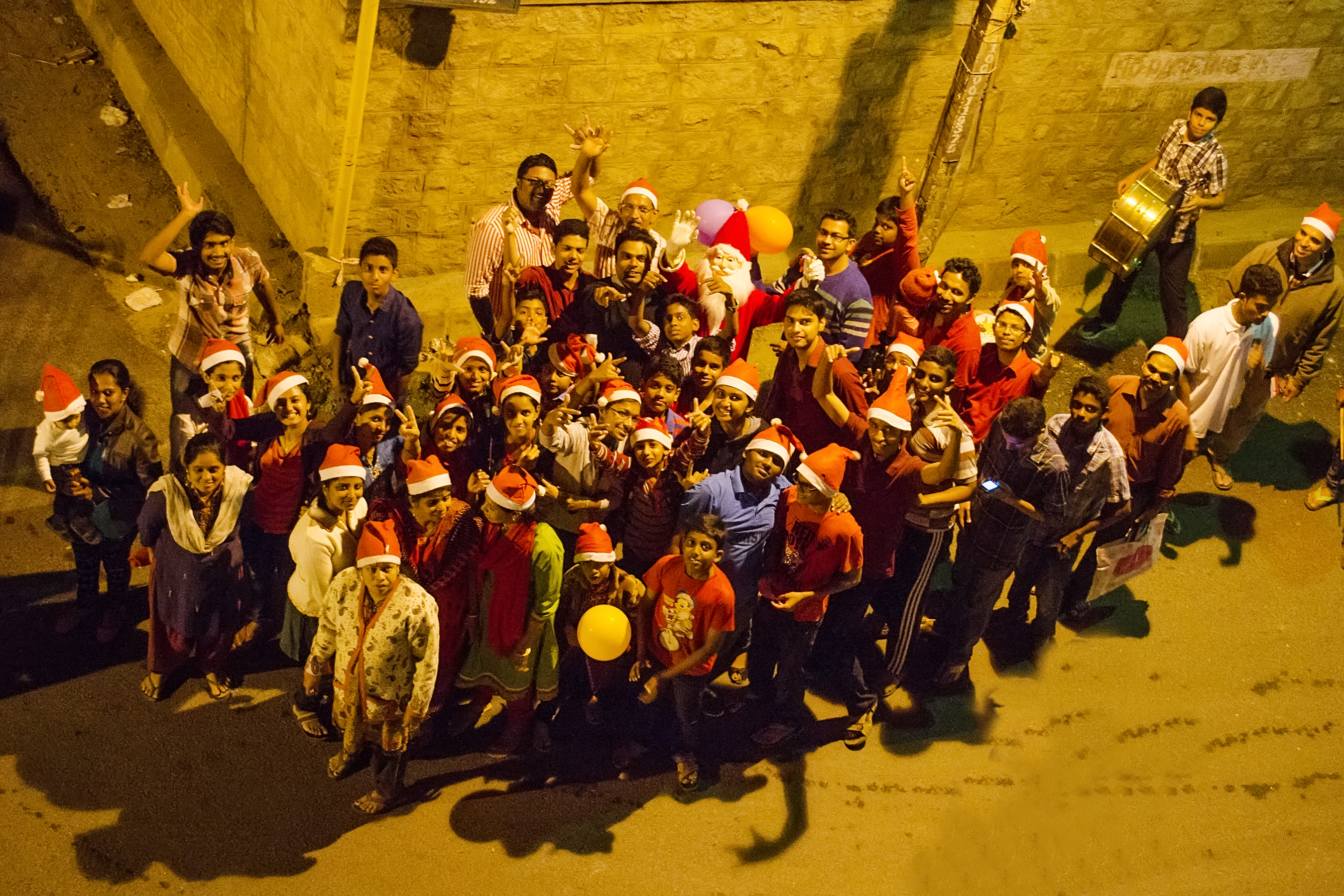
Christmas carol
A Christmas carol is a carol (a song or hymn) on the theme of Christmas, traditionally sung at Christmas itself or during the surrounding Christmas holiday season. The term noel has sometimes been used, especially for carols of French origin.[1] Christmas carols may be regarded as a subset of the broader category of Christmas music.
For the novel by Charles Dickens, see A Christmas Carol. For other uses, see A Christmas Carol (disambiguation).Church and liturgical use[edit]
Almost all the well-known carols were not sung in church until the second half of the 19th century. Hymns Ancient and Modern 1861–1874 included several carols.
Isaac Watts, the "father of English hymnody", composed "Joy to the World", which has become a popular Christmas carol even though it is widely believed that Watts did not write it to be sung only at Christmas.
Charles Wesley wrote texts for at least three Christmas carols, of which the best known was originally entitled "Hark! How All the Welkin Rings", later edited to "Hark! the Herald Angels Sing".[15]
A tune from a cantata, Festgesang, by Felix Mendelssohn in 1840 was adapted by William H. Cummings to fit Wesley's words. This combination first appeared in "Hymns Ancient and Modern" in 1861.
"Silent Night" comes from Austria. The carol was first performed in the Nikolauskirche in Oberndorf on 24 December 1818. Mohr had composed the words much earlier, in 1816, but on Christmas Eve brought them to Gruber and asked him to compose a melody and guitar accompaniment for the church service.[16] The first English translation was in 1871 where it was published in a Methodist hymnal.
Several different Christmas episodes, apart from the birth of Jesus itself, are described in Christmas carols, such as:
In addition, some carols describe Christmas-related events of a religious nature, but not directly related to the birth of Jesus. For example:
Early examples[edit]
Antiquarians in the 19th-century rediscovered early carols in museums. According to the Encyclopædia Britannica,[18] about 500 have been found. Some are wassailing songs, some are religious songs in English, some are in Latin, and some are "macaronic" — a mixture of English and Latin. Since most people did not understand Latin, the implication is that these songs were composed for church choristers, or perhaps for an educated audience at the Royal courts. The most famous survival of these early macaronic carols is "The Boar's Head". The tradition of singing carols outside of church services early in the 19th century is best illustrated by Thomas Hardy's novel Under the Greenwood Tree (1872). In England and other countries, such as Poland (kolęda), Romania (colindă) and Bulgaria (koledari), there is a tradition of Christmas caroling (earlier known as wassailing), in which groups of singers travel from house to house, singing carols at each, for which they are often rewarded with gifts, money, mince pies, or a glass of an appropriate beverage. Money collected in this way is now normally given to charity.
Singing carols in church was instituted on Christmas Eve 1880 in Truro Cathedral, Cornwall, (see article on Nine Lessons and Carols), and now seen in churches all over the world.[19] The songs that were chosen for singing in church omitted the wassailing carols, and the words "hymn" and "carol" were used almost interchangeably. Shortly before, in 1878, the Salvation Army, under Charles Fry, instituted the idea of playing carols at Christmas, using a brass band. Carols can be sung by individual singers, but are also often sung by larger groups, including professionally trained choirs. Most churches have special services at which carols are sung, generally combined with readings from scripture about the birth of Christ; this is often based on the famous Festival of Nine Lessons and Carols at King's College, Cambridge.
In the 1680s and 1690s, two French composers incorporated carols into their works. Louis-Claude Daquin wrote 12 noels for organ. Marc-Antoine Charpentier wrote a few instrumental versions of noels, plus one major choral work Messe de minuit pour Noël. Johann Sebastian Bach included Christmas carols in his cantatas for Christmastide, including his Christmas Oratorio. Peter Cornelius included carol melodies in the accompaniment of his song cycle Weihnachtslieder, Op. 8. Other examples include:
Star singers[edit]
In Austria, Belgium and Germany, Epiphany, the last feast of the Christmas season, is marked by star singers, children dressing as the Three Kings, carrying a star on a pole. Going from house to house from New Year's Day to 6 January, the children sing religious songs and collect money for charity. They are often rewarded with extra sweets or money.[20]
By country[edit]
Australia, South Africa and New Zealand[edit]
In Australia, South Africa and New Zealand, where it is the middle of summer at Christmas, there is a tradition of Carols by Candlelight concerts held outdoors at night in cities and towns across the country, during the weeks leading up to Christmas. First held in Melbourne, "Carols by Candlelight" is held each Christmas Eve in capital cities and many smaller cities and towns around Australia. Performers at the concerts include opera singers, musical theatre performers and popular music singers. People in the audience hold lit candles and join in singing some of the carols in accompaniment with the celebrities. Similar events are now held all over Australia, usually arranged by churches, municipal councils, or other community groups. They are normally held on Christmas Eve or the Sunday or weekend before Christmas. A similar recent trend in South Africa and New Zealand are for smaller towns to host their own Carols by Candlelight concerts.
William Garnet "Billy" James (1892–1977) wrote music for Christmas carol lyrics written by John Wheeler (both men worked for the Australian Broadcasting Commission). These referred to the hot dry December of the Australian outback,[21] dancing brolgas (a native Australian crane),[22] and similar Australian features.